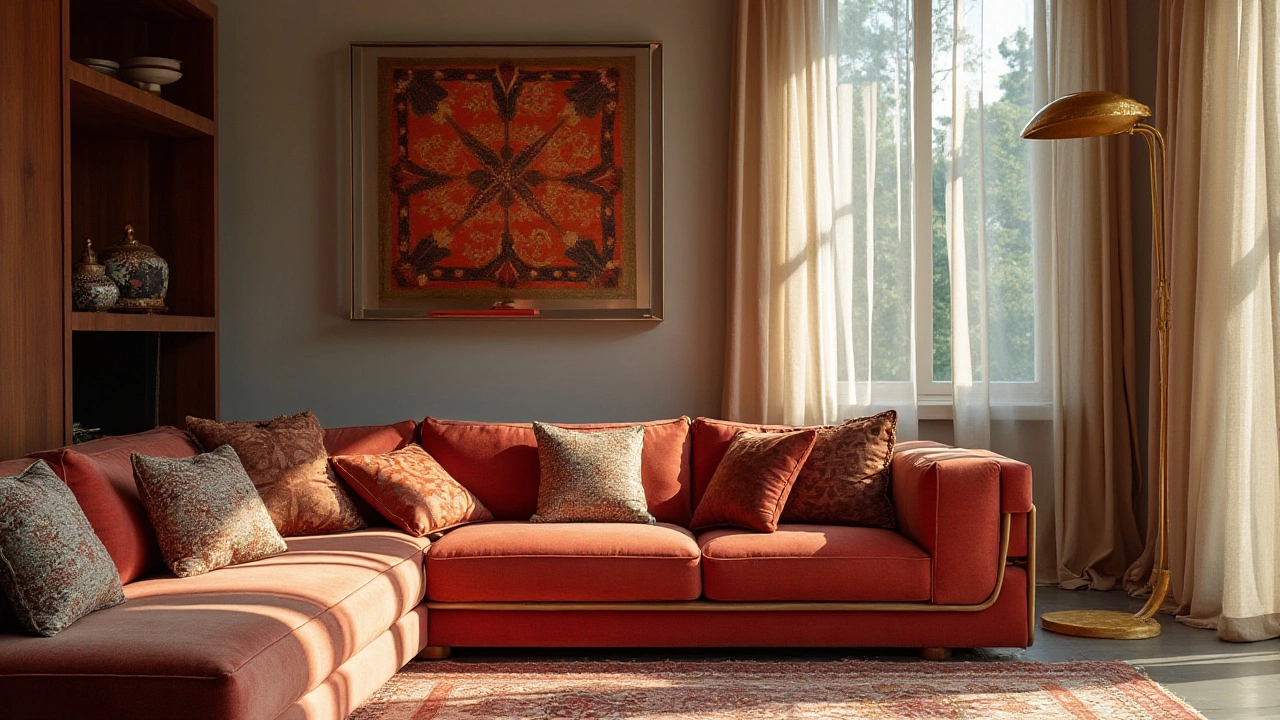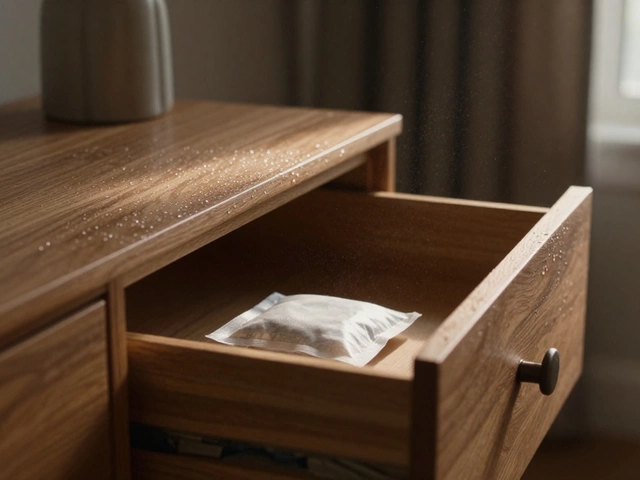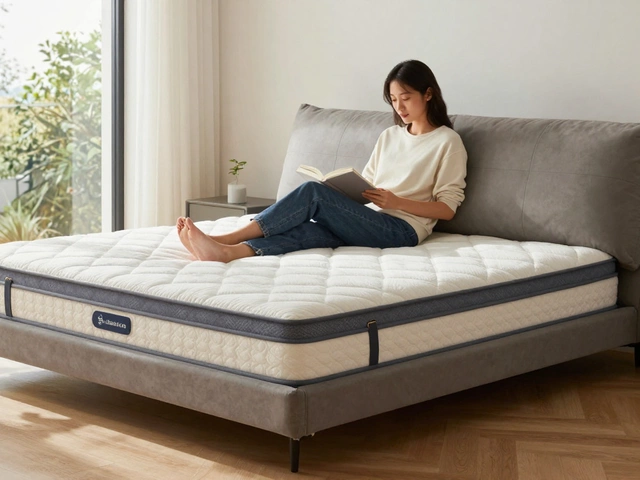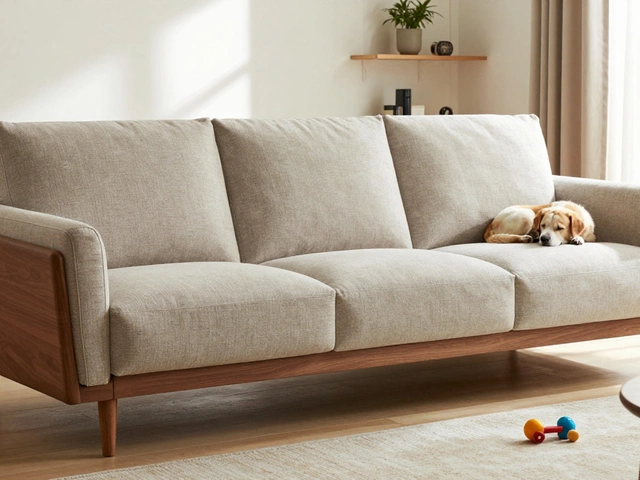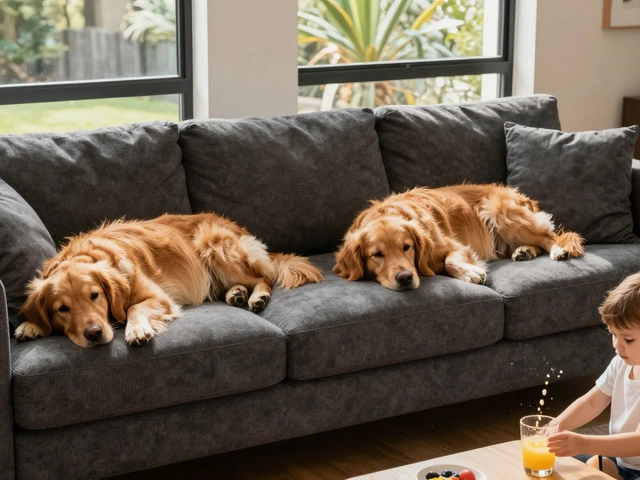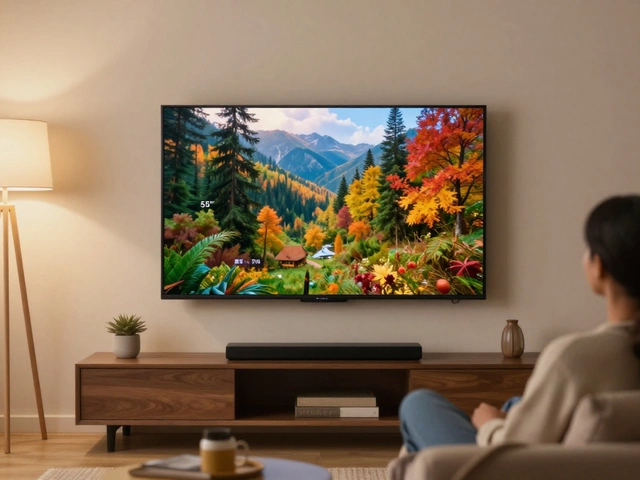Quality Sofa: How to Choose a Durable, Long‑Lasting Couch
When you buy a sofa, you want it to look good today and stay comfy for years. The secret isn’t just a fancy brand name – it’s the mix of a solid frame, supportive cushions and the right fabrics. Below you’ll find the basics that separate a high‑quality couch from a cheap one that sags after a few months.
What Makes a Sofa Quality
First, check the frame. Real hardwood – like oak, beech or maple – is a strong foundation. Avoid particleboard or cheap softwood; they bend under weight and can cause the whole sofa to wobble. Look for frame joints that use dowels, metal brackets or double‑mortise connections – those hold the pieces together without loosening over time.
Next, think about the suspension. Quality sofas often have eight‑way elastic webbing, sinuous springs or pocketed coil springs. These systems keep the seat from flattening when you sit down. If you notice a sagging spot, the springs may be low‑grade or missing altogether.Cushion fill matters, too. High‑density foam gives firm support and retains shape, while a layer of down or feather adds plushness. The best combo is a foam core with a softer top layer – you get firm support without feeling like a hard bench.
Finally, the upholstery. Natural fabrics such as linen, cotton or leather breathe and age well. Synthetic blends can be more stain‑resistant, but they should still feel soft to the touch. Tight stitching and a double‑stitched seam signal durability; loose seams will split when you pull the sofa apart.
Tips to Keep Your Sofa Looking Fresh
Even a top‑grade couch needs a little love. Rotate cushions every few weeks so the wear spreads evenly. Use a soft‑bristle brush to dust the fabric regularly – dust builds up and can weaken fibers over time.
Spills happen. Blot the liquid immediately with a clean, dry cloth; avoid rubbing, which pushes the stain deeper. For leather, a light conditioner once a month keeps the material supple and prevents cracks.
If you have pets or kids, consider a removable slipcover. It protects the original upholstery and can be tossed in the washer. When you need a quick style change, just swap the cover – no need to buy a whole new sofa.
Lastly, keep the sofa away from direct sunlight. UV rays fade colors and weaken fibers. A simple floor lamp or sheer curtain can lower exposure while still letting the room feel bright.
Choosing a quality sofa isn’t rocket science. Focus on a sturdy hardwood frame, good suspension, balanced cushion fill and durable fabric. Then give it a little routine care and you’ll enjoy a comfy, stylish couch for years without the sag or wear that frustrates most buyers.
Choosing a Durable Sofa: Expert Tips for Lasting Comfort
Selecting a sofa that stands the test of time involves considering factors like frame material, upholstery durability, and comfort level. It's essential to balance aesthetics with functionality, ensuring your sofa complements your lifestyle and home decor. Learn about construction details, quality checks, and maintenance tips to make an informed purchase. Whether it's a modern piece or a classic design, the right sofa should offer enduring comfort and style. Discover practical advice and insights into choosing a sofa that's worth the investment.
